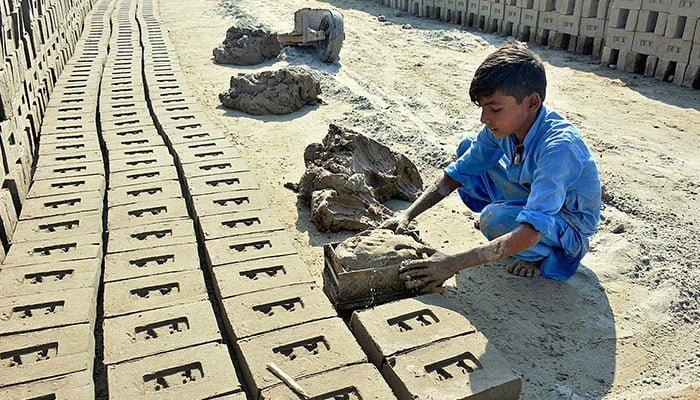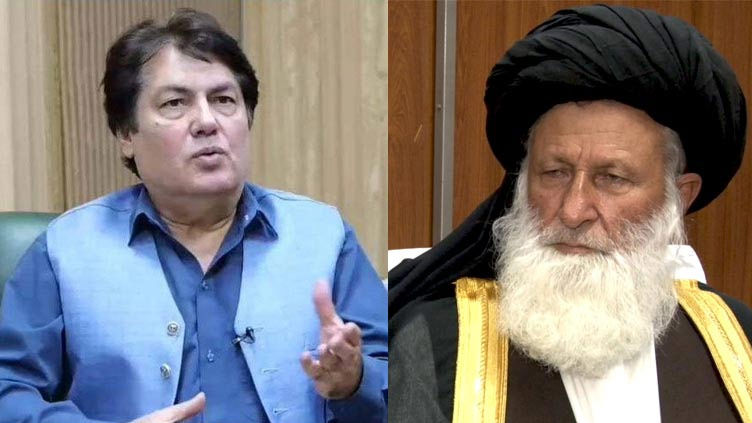Pakistan
‘Pakistan has most out-of-school children in the world’

Latest News
PTI and JUI (Sherani) decide to proceed by consensus.
Business
SFD and Pakistan Sign Two Deals Totaling $1.61BLN
Entertainment
‘Kashmir Banay Ga Pakistan’ is a new song teased by ISPR for Solidarity Day
-

 Latest News2 days ago
Latest News2 days agoUN Human Rights Chief Expresses Concern Regarding Conditions in IIOJK
-

 Business2 days ago
Business2 days agoThe Planning Ministry provides the IMF with a report on the Green Pakistan Initiative.
-

 Latest News2 days ago
Latest News2 days agoPositive Trends in Economic Indicators: Attaullah Tarar
-

 Latest News2 days ago
Latest News2 days agoDY PM Meets with the Saudi Envoy
-

 Latest News2 days ago
Latest News2 days agoRs. 209 billion was given to 31,700 young business owners.
-

 Latest News2 days ago
Latest News2 days agoIshaq Dar Evaluates Foreign Investment Developments
-

 Latest News2 days ago
Latest News2 days agoEncouragement of Tourism in Punjab
-

 Latest News2 days ago
Latest News2 days agoNew Batch of Air Traffic Controllers Concludes Training at CATI






















